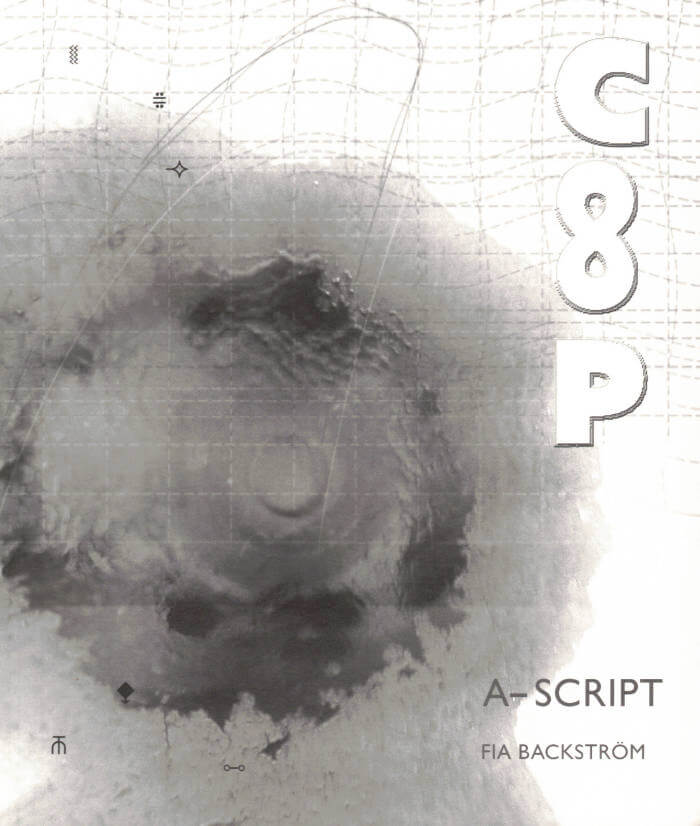
A Something Else Reader
A previously unpublished anthology of classic texts from Something Else Press, assembled in the 1970s by Dick Higgins, with works by John Cage, Al Hansen, Claes Oldenburg and many more.
Conceived by poet, publisher, artist, composer and writer Dick Higgins (1938-98) in the early 1970s to celebrate Something Else Press—the legendary publishing company he founded in 1963 to showcase Fluxus and other experimental artists—this volume, which was never realized in Higgins' lifetime, collects an amazing array of 1960s avant-garde creativity. Something Else Press published some of the most radical art and literature of its time and provided a foundation and template for the artist's book medium, which has flourished internationally since the 1960s.
The Reader features selections from rare and out-of-print Something Else classics such as Claes Oldenburg's Store Days; John Cage's Notations; Emmett Williams' An Anthology of Concrete Poetry; Richard Kostelanetz's Breakthrough Fictioneersanthology; Jackson Mac Low's pioneering poetry collection, Stanzas for Iris Lezak; Gertrude Stein's Matisse Picasso and Gertrude Stein; Bern Porter's I've Left; Wolf Vostell's Dé-coll/age Happenings; Al Hansen's A Primer of Happenings & Time/Space Art; and other pamphlets and artist projects for the page by Robert Filliou, Ian Hamilton Finlay, Alison Knowles, Nam June Paik, Philip Corner, Daniel Spoerri, André Thomkins and Richard Meltzer, among others. A critical checklist/bibliography assembled by Hugh Fox and Higgins' introduction from 1973 completes the original manuscript.







